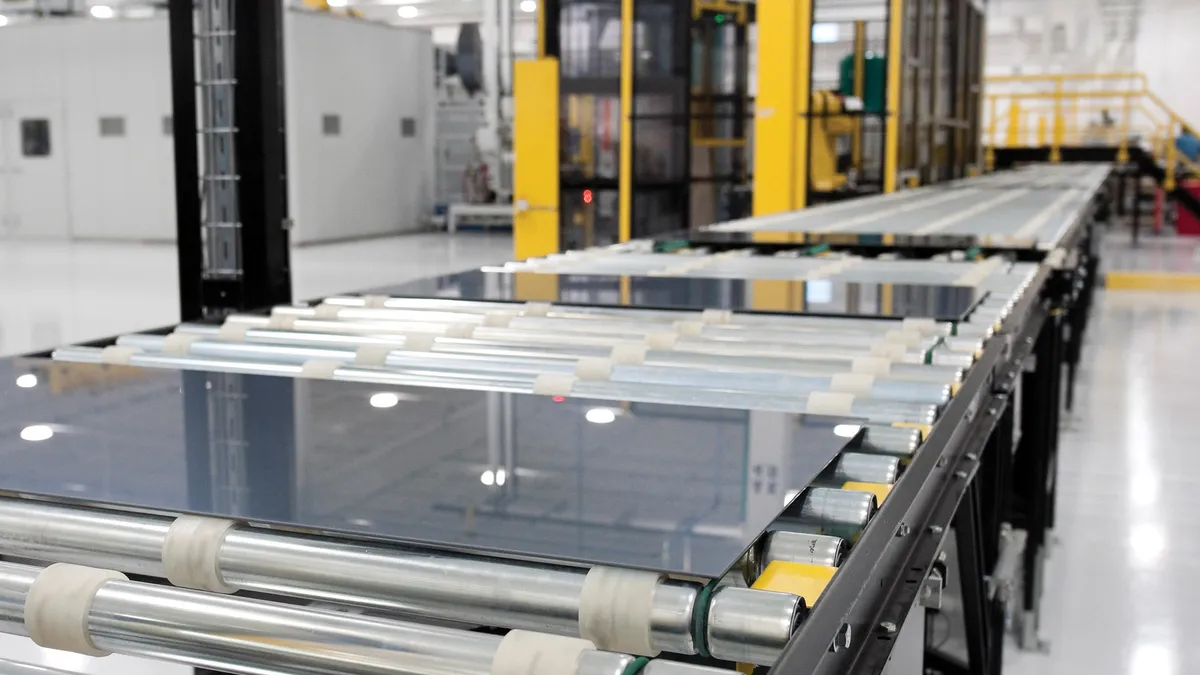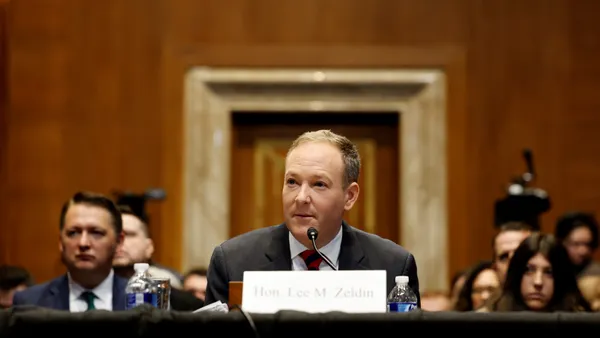Dive Brief:
-
The manufacturing production tax credits for wind, solar and battery components built in the U.S. that were included in the Inflation Reduction Act could have a value of up to 18 cents per watt and are likely to spur interest in domestic production of clean energy, tax experts said during the RE+ conference in Anaheim, California last week.
-
Pairing incentives for production and deployment of renewable energy is “one of the most brilliant industrial policies I have seen,” said Daniel Nelson, vice president of tax at Avantus. “You see almost daily the announcements of [manufacturing] expansions in the U.S.”
-
While current indicators of the tax credits’ effects seem positive, some factors — including the potential for ongoing supply chain disruptions — could either ramp up or impede those effects, the RE+ tax panel agreed.
Dive Insight:
After several false starts, the Inflation Reduction Act may finally be the policy to bring manufacturing back to the U.S., tax experts speaking at RE+ said.
Multiple companies have already announced plans for new production facilities or expansions within the U.S., aiming to take advantage of both the anticipated boom in demand for solar and wind components and the lucrative tax credits offered within the new law, Nelson said. But while the law clearly creates “a more favorable environment to create more manufacturing in the U.S.,” it remains to be seen just how large an impact it ultimately will have, Kevin Gresham, executive vice president of strategy and corporate affairs at RWE Renewables America, said.
The Inflation Reduction Act attempts to grow domestic manufacturing through direct tax credits and by attaching a domestic content requirement to the full value of tax credits for wind and solar installations. But it’s not yet clear exactly what effect this will have, in part because U.S. agencies still need to define exactly what components need to be manufactured in the U.S. to realize the full tax credit value, Gresham said.
“If you are a battery company thinking about building new plants, you have a suite of questions you urgently need answered,” Nelson said. However, it could be some time before everything left unanswered in the Inflation Reduction Act is addressed, he said. The law requires U.S. agencies to release guidance on certain topics, such as how to qualify for its new environmental justice tax credit adders, within 180 days. Parties with questions those guidance requirements don’t address should expect to wait for answers, Nelson said.
Once that is sorted out, Gresham said, the job growth and other benefits anticipated from the new law will likely come in waves. Currently, only a fraction of the renewable energy components used in the U.S. are built domestically, which means that for a time, energy developers may not be able to access the full value of the new credits because they won’t be able to secure enough domestic content.
“Logistically, you can build a factory, but it’s going to take a while,” Gresham said. “So as we gain momentum, it becomes easier from a procurement perspective.”
Even though the Inflation Reduction Act was designed to address supply chain constraints, Nelson said he still thinks the supply chain itself poses a significant risk to the law’s ultimate success.
Chris Mathey, senior director of business development at CleanCapital, agreed. “We can have all the tax provisions, but if we can’t get supply, it doesn’t mean anything,” Mathey said.












